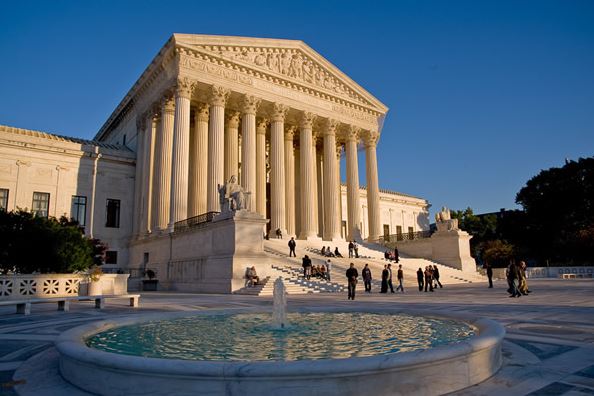Like him or not, Richard Nixon had a favorite saying that is great advice for businesspeople: When the going gets tough, the tough get going.
The business climate has certainly been tough the last few years and doesn”™t show signs of improving significantly anytime soon.
This leaves business owners with a choice: hunker down and wait for their business to rebound when the economy does or increase sales by marketing smarter.
Successful business people I know are in the latter camp. If you”™d like to join them, here are some tips to make your marketing more powerful. These are things I learned during a 35-plus year marketing career, more than half of it in the big leagues on Madison Avenue.
Get your message right
The most important principle in marketing is this: Nothing interests human beings more than themselves. So your marketing ”“ website, emails, ads, publicity, direct mail, whatever ”“ is most effective when it makes clear how your product and/or service can solve someone”™s problem or improve their lives. Marketers who brag about themselves waste their time and money.
Part of getting your message right is positioning yourself as better to do business with than your competition. If you don”™t, what incentive do people have to choose you over them?
To generate sales, your marketing has to communicate convincingly the special benefits of doing business with you. Greater selection, more experience, better warranty, convenient location(s), whatever positions you as superior to your prospective customers”™ other choices. Notice I didn”™t include “lowest price.” That”™s risky positioning. In most cases, competitors can undercut your price, you reduce your profit and price buyers don”™t become loyal customers.
Marketing that gets results makes the reader-viewer-listener an offer. Take a tip from The Godfather: make it so good they can”™t refuse.
Grab them with headlines
Ads, direct mail, marketing emails, flyers, brochures ”“ all have or should have headlines.
A huge mistake most inexperienced marketers make is using the name of their business in place of a real headline. To be effective a headline must quickly capture reader attention by saying something provocative. If it doesn”™t, readers move on without ever getting your message. Marketing pieces that lead with the company”™s name are a waste of money.
The most effective headlines are generally brief, clever, fresh and tie into the readers”™ wants and/or needs.
Appeal to emotion
Emotion is generally a stronger motivator than logic. That”™s why so many things are sold on feelings rather than facts.
Clothing is marketed on the promise of how it will make the wearer look and feel, rather than on value or the quality of the fabric or tailoring. Homes are often sold more on the cachet of the address and visual appeal than on the soundness of construction. Prestige auto brands advertise what their car says about the driver rather than MPG or longevity.
The power of photographs
A good photograph is worth way more than 1,000 words. Photos naturally draw the reader”™s eye much more than text does. Take advantage of this by using good photography in your marketing.
Try for fresh compositions, unusual angles, surprising content ”“ pictures that tell a story. This will probably mean paying a professional. But the return on investment for an effective photo can be greater than a free one that”™s boring.
How many hundreds or thousands of times have you seen the photo of some people standing uncomfortably with a huge check. The event is laudable: An organization is giving someone a donation. But the photo is a boring cliché, drawing far less reader attention than a more imaginative picture would have. There are many ways to compose a photo for this event that are fresher and therefore do a better job of achieving the objective: generating positive visibility for both the donor and recipient.
A great but largely overlooked place to make sales points is in photo captions. People are drawn to photos, then to captions. So use each photo as an opportunity to make one or more key sales points, which if cleverly done don”™t even have to relate directly to the photo.
Hone your homepage
The first thing visitors see, your home page is where your website succeeds or fails. How many times have you gone to a website and struggled to find out exactly what the company does?
People have little time and patience. So if they can”™t get the information they want easily and quickly, they click onto another company”™s site.
With briefest possible text and sometimes photos and illustrations, your homepage has to make three things clear:
1. The products and/or services your provide. This must be done in terms of customer-focused features and benefits.
2. Why your company is the best place to buy those products or services.
3. The customer profiles you specialize in.
Persuade with testimonials
It isn”™t believable when you brag about yourself. That”™s where testimonials come in. Customers can more credibly testify to your reliability, on-time performance, quality, outstanding service and the like.
Don”™t do a whole page of lengthy testimonials. No one will read it. Instead sprinkle brief ones throughout your website.
The best advice of all: Don”™t give up. Perseverance is by far the most important ingredient for success.
Bill Welch has 40 years of marketing consulting experience, with clients ranging from Fortune 500s to startups. Reach him at WelchInc@aol.com.



















